Recently we had the opportunity to host a session that summarizes our pedagogical perspective and the methodologies we’ve created to augment our current world of education.

09-23.2025
Augmenting Education
A new set of ingredients for campuses and careers.
Written by Yatú & Norm
This Record of Thought showcases the media and are.na channels behind our research, and points towards new learning journeys. We encourage a full listen and have timestamps throughout for reference.
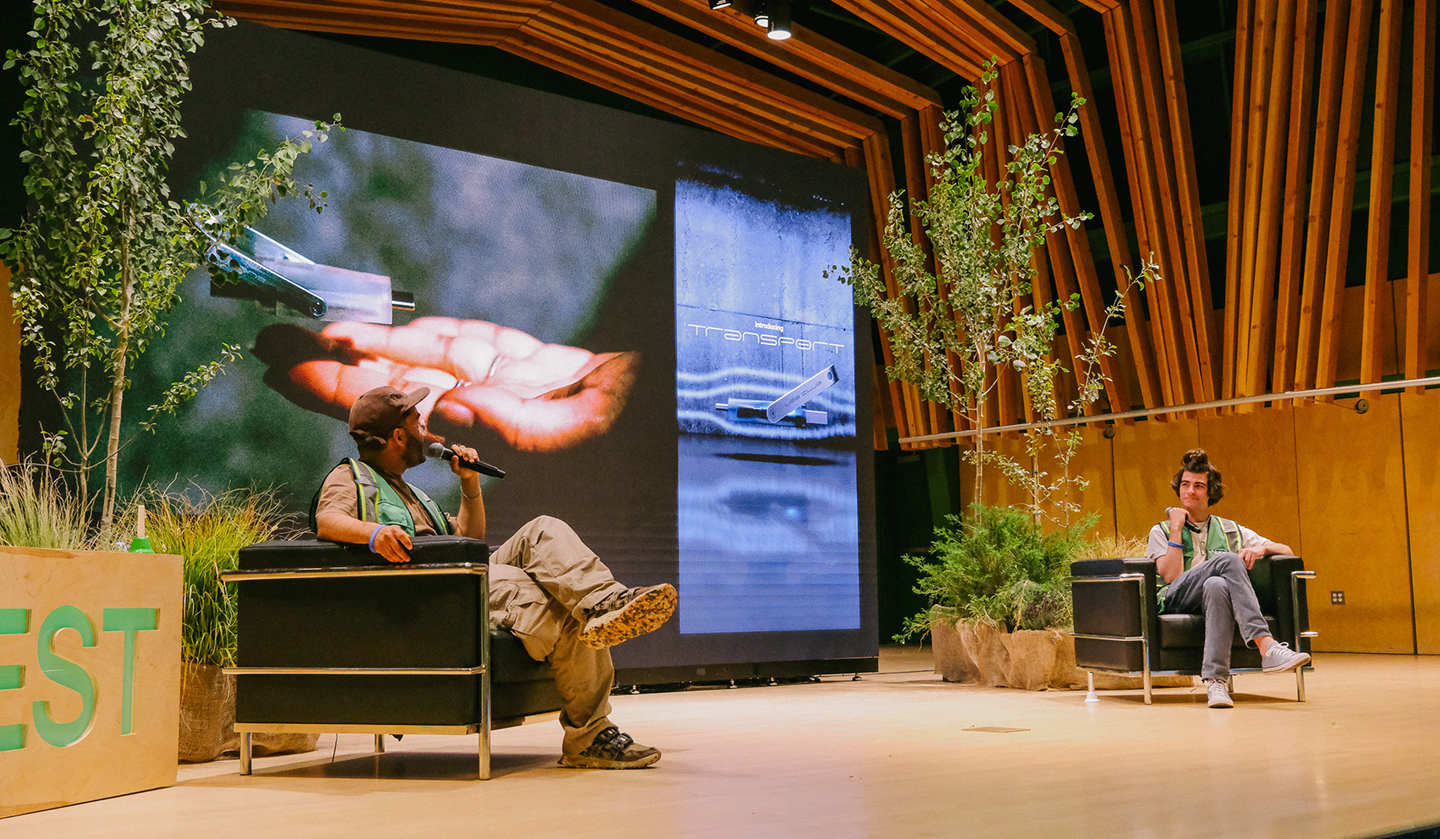
Circles of Learning
Our foundational concept is a Circle of Learning: a group of people that create their own conventions to teach, unlearn, and learn. They support a more decentralized education by sharing Learners, Educators, and Processes.
Our hot take is that institutions should eventually die. They should compost, leaving space and nourishment for newer circles of learning.
We created the Learner Card to augment a campus out of existing art studios, startup offices, and fabrication labs. It’s part passport and part library card.
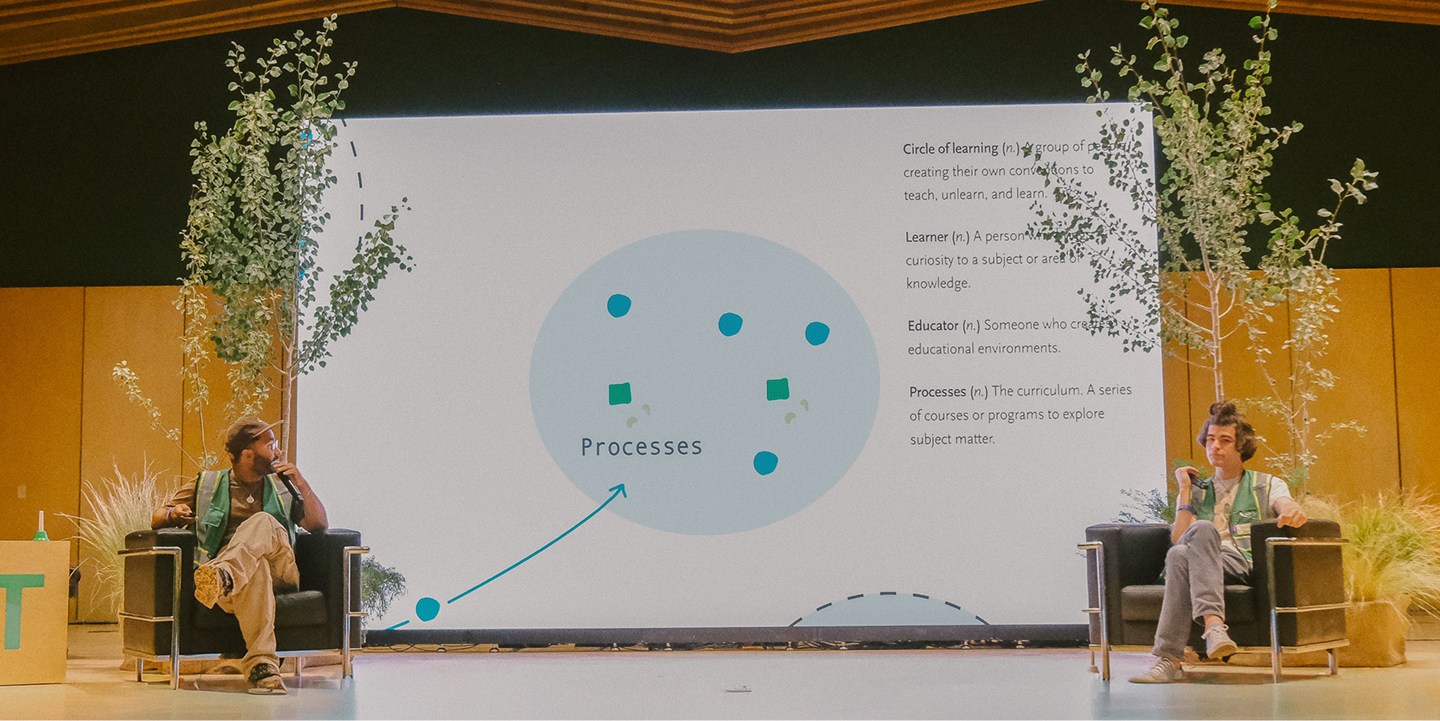
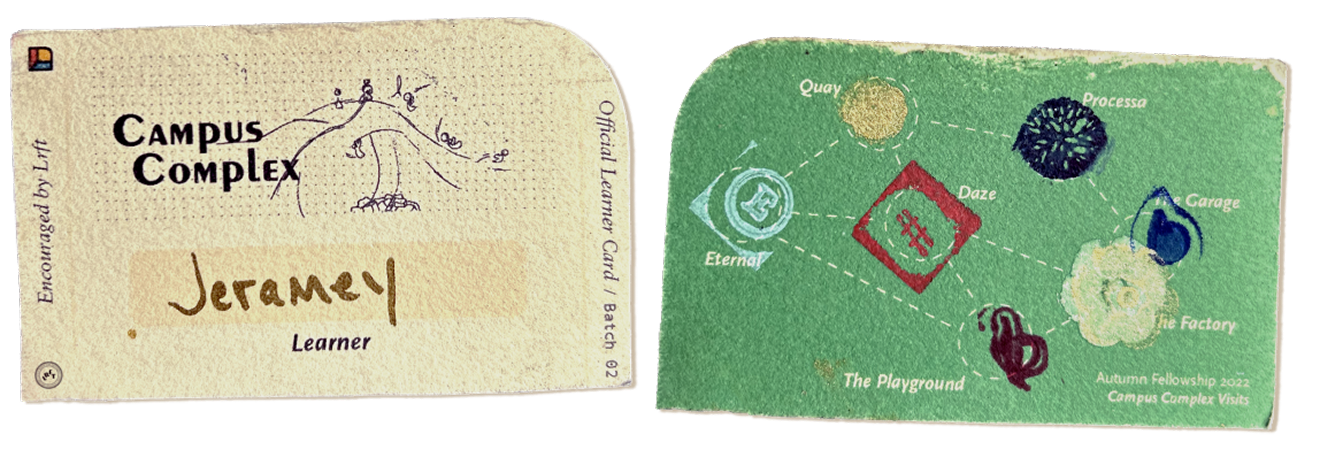
Schoolscaping
We define Schoolscaping as the act of augmenting your educational environments. Often we learn how to use a new tool behind the gates of an institution or company. Schoolscapes unlock access to these resources and the people that steward them.
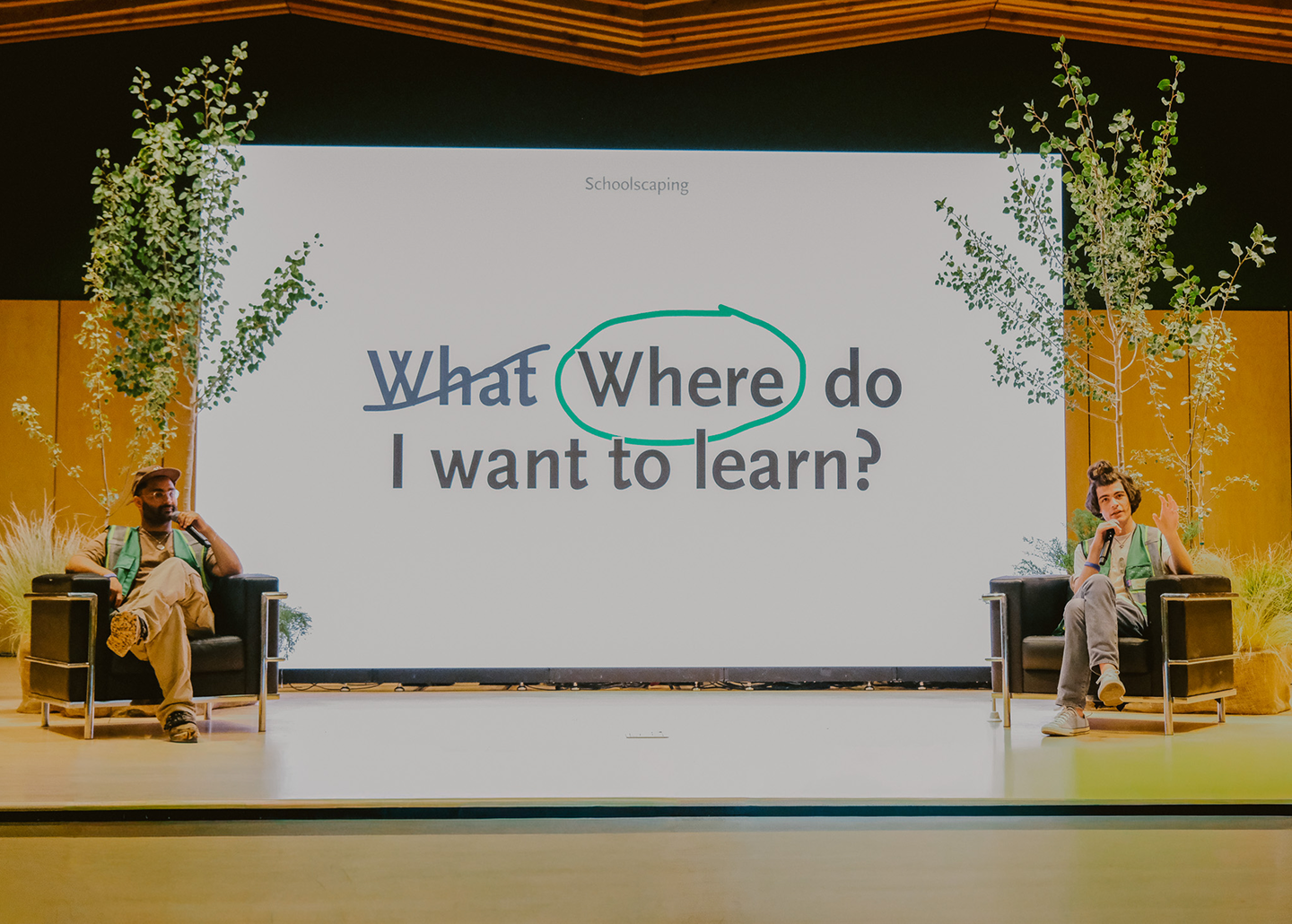
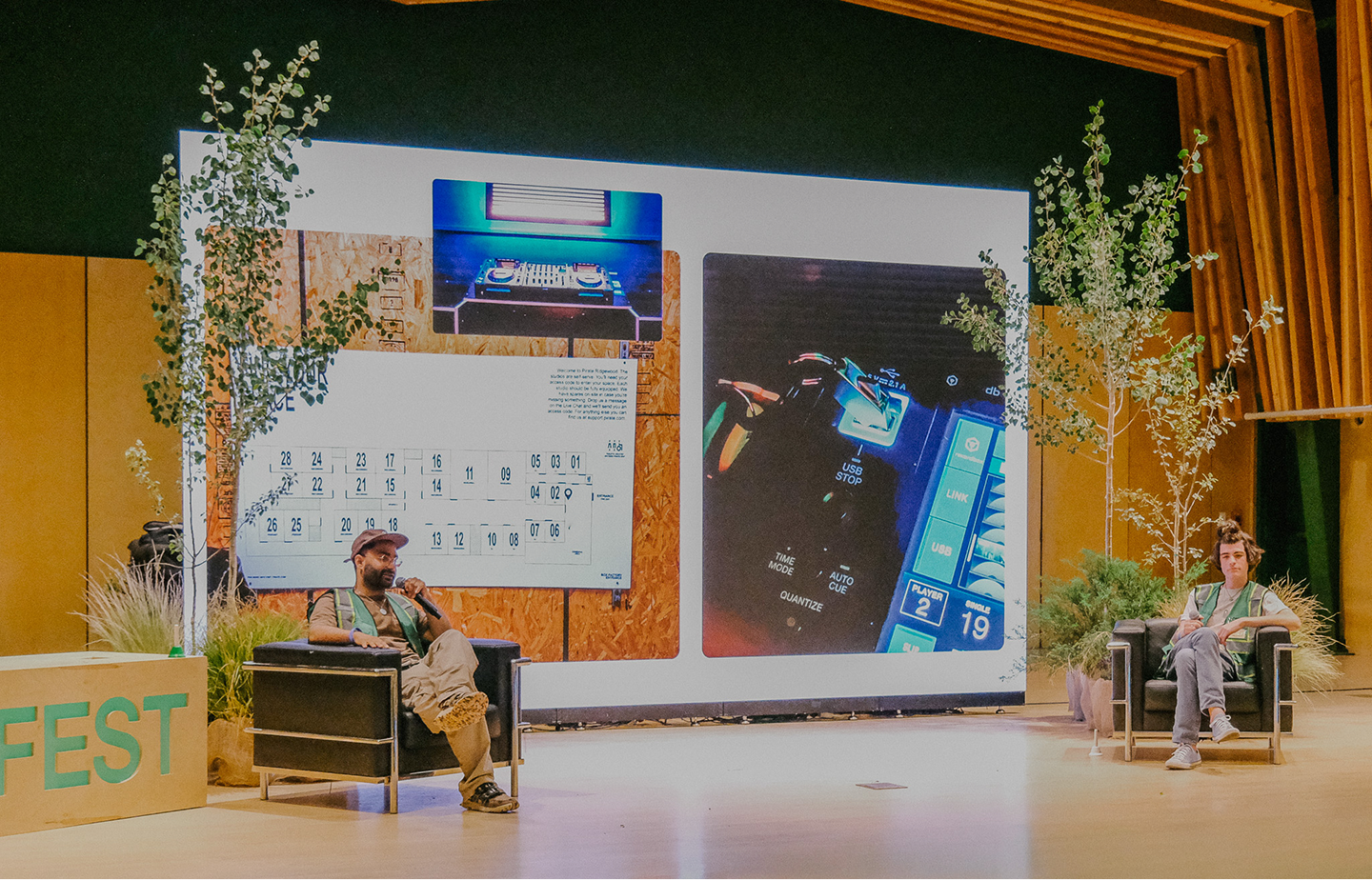
Careering
Learners traversing with free will is a style of movement, and that movement has a name: Careering. As a verb, career means to move swiftly and in an uncontrolled way in a specified direction. To career is to switch lanes, swerving into your own route.

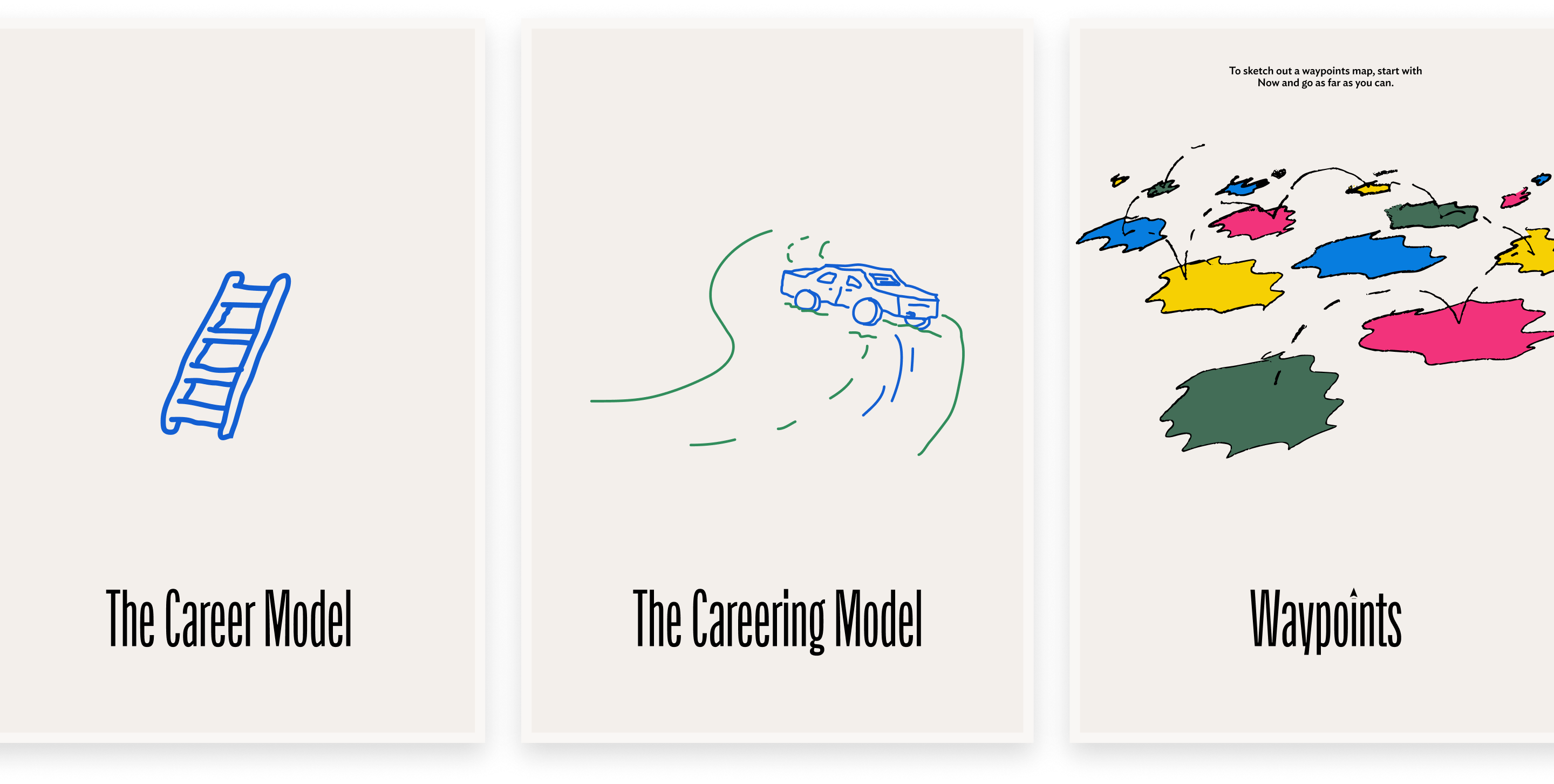
During audience Q&A we were able to discuss the effectiveness of these methods, how programs like Campus Complex can find funding, and how organizations can adapt to Careering.
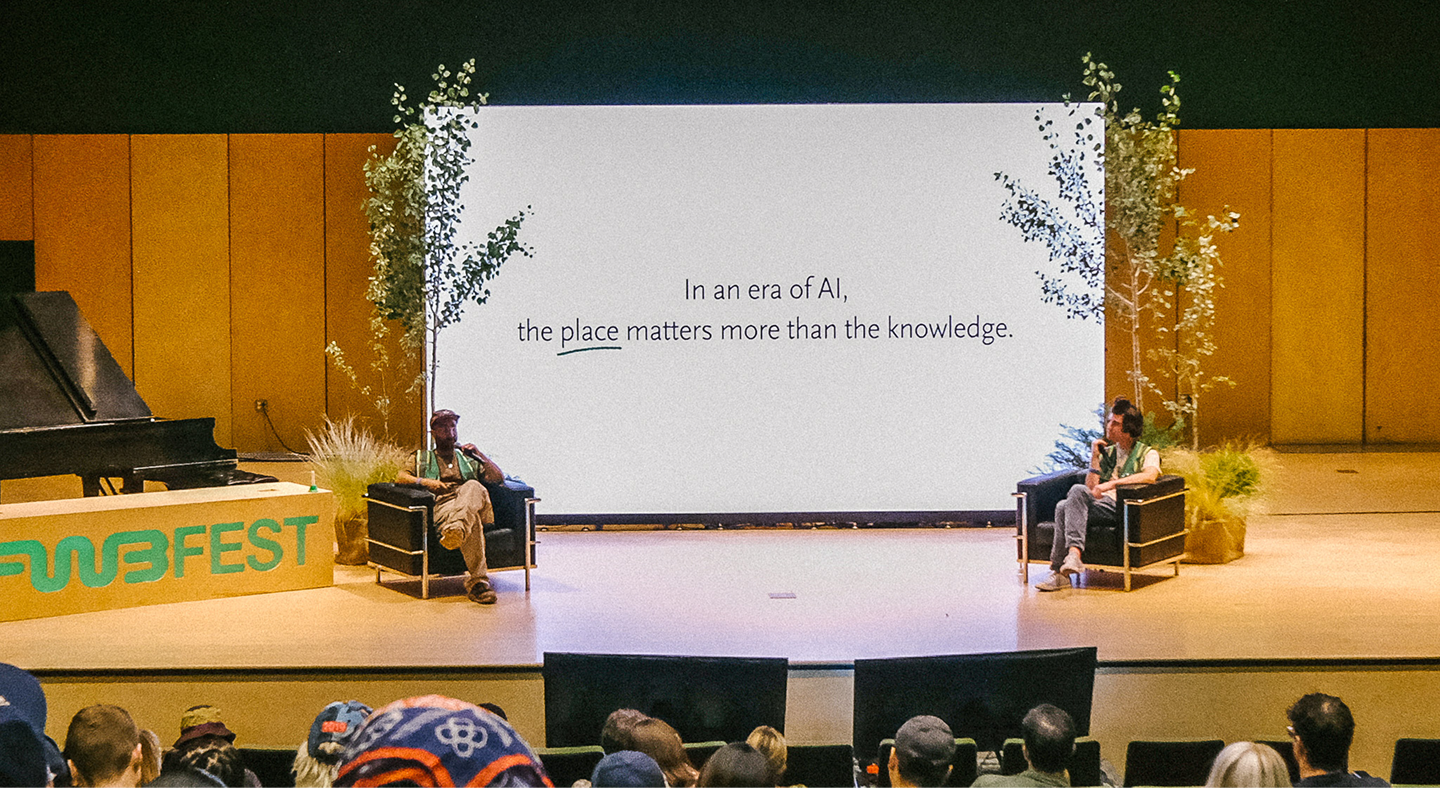
Creating a Self-Directed MBA
A note from Yatú
Business is shifting quickly, with AI reshaping industries almost daily. Traditional programs, even at the top schools, often struggle to keep pace, leaning too heavily on theory and dated frameworks.
Many people pursue MBAs for the network. Today, it can be just as powerful to learn directly from practitioners who are shaping what is next. Their perspective is immediate, practical, and rooted in lived experience. (Though I will never turn down a good book.)
For me, a self-directed MBA is not about rejecting tradition. It is about staying present and preparing for what lies ahead.
I have made art and built companies. I have run fellowships, led research, spent time in corporate environments, and raised venture. Those experiences taught me to build, adapt, and bring ideas to life. They also made clear that financial outcomes are less about execution alone and more about a literacy in capital itself, a way of thinking and judging that treats business as a language to be understood.
My focus now is on sharpening that literacy, deepening my business acumen, and tending to relationships that will carry into the next chapter. The goal is simple: to become comfortable with money. To meet it with fluency and ease, and to close the gap between creating value and shaping its financial expression.
I am grateful for those already helping me along this path. I have come to see that asking for help is underrated, and that the right company often reveals what you cannot see alone.
It is unfolding in real time. If you are close to me, you may already know about this endeavor. More learnings will come, and hopefully more to share.
I am gradually building a group of MBA Advisors and Peers, and would welcome hearing from those it resonates with.
If you have thoughts, advice, or questions I'd be happy to hear from you.